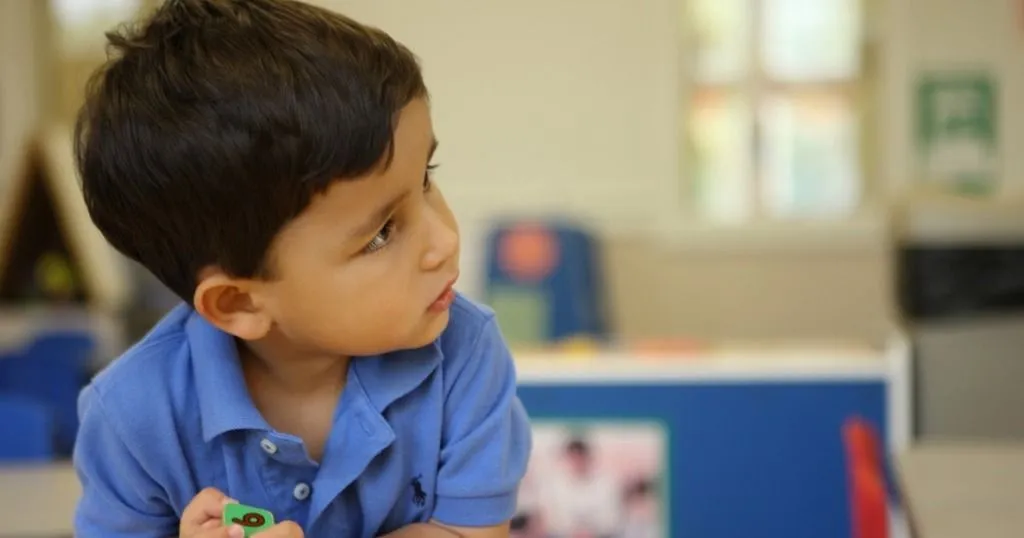Must-reads on psychology and behavioral coding
We've picked the best blog posts on psychology and behavioral coding from the Behavioral Research Blog. This curated summary lists some of our most useful and popular blog posts on psychology and behavioral coding.
Posted by
Published on
Thu 29 Jun. 2023
Topics
| Behavioral Psychology | Coding Behavior | Multimodal Research |

We've picked the best blog posts on psychology from the Behavioral Research Blog and curated them together for you! This summary lists some of our most useful and popular blog posts on psychology, behavioral coding, and multimodal research.
Psychology top picks Behavioral Research Blog
Table of contents- Behavioral coding: What and how
- 7 tips to make coding behavioral data more fun
- How to study developmental psychology
- Research examples of developmental psychology
- The power of multimodal research in human behavior studies
- How to easily apply multimodal measurement during research with children
- Understanding behavioral psychology with The Observer XT
Behavioral coding: What and how
The coding of your data is the first and most important step in data analysis when studying human behavior. For evaluation and conclusion-drawing, unprocessed data from (video) observations, surveys, or experiments needs to be refined and organized.
In order to quantify qualitative data and provide raw data structure, behavioral coding is essential. Your data can be meaningfully categorized thanks to it, which gives it significance and consistency. Learn more about behavioral coding in this blog post.
7 tips to make coding behavioral data more fun
You can summarize and highlight key facts that are necessary for the analysis of the observed behavior by coding videos. In terms of what participants say or do, you'll be looking for repetitions, lengths, sequences, similarities, or differences. Behavioral coding helps quantify qualitative data and makes your raw data understandable. Your data is meaningfully categorized by it, which makes it easier to comprehend what it means.
But let's face it, it isn't much fun to do and it takes a lot of time. We share 7 tips to make the coding process more effective.
How to study developmental psychology: methods, designs & tools
The scientific field of developmental psychology examines how people develop throughout their lives, concentrating on the physical, cognitive, emotional, and social aspects of development. It looks at how various elements—including genetics, environment, and experiences—shape and have an impact on a person's development from childhood to adulthood.
What should you consider when setting up a study in the field of development psychology? Read on to learn more about methods, designs & tools.
Research examples of developmental psychology
When you are studying developmental psychology, you’re studying how people grow and develop, all the way from childbirth to the end of their lifespan. Over the years we’ve come across many examples of research in developmental psychology, often done with various behavioral research tools. We’ve put together an overview of research examples in developmental psychology that were published on the Behavioral Research Blog.

The power of multimodal research in human behavior studies
New tools and insights are being offered by contemporary technologies to researchers to aid in their understanding of human behavior. In today's research, using technologies like video observations, eye tracking devices, and facial expression analysis has become standard practice.
By implementing multimodal research, scientists are hoping to gain a more complete and nuanced understanding of human behavior than is possible through the examination of any single modality. Let’s explore the challenges in multimodal research, and how to overcome them in this blog post.
How to easily apply multimodal measurement during research with children
A child development researcher can encounter quite a few challenges when wanting to measure multiple data streams. You probably encounter a lot of challenges while conducting your work as a researcher who interacts with kids. A child may become unhappy during or after testing. He or she may abruptly refuse to remain still, remove the EEG cap from the subject's head, or become preoccupied.
How do you deal with these kinds of circumstances, or better yet, how can you stop them from occurring? We asked one of experienced trainers and human behavior consultants for useful tips; you can find them here.
Understanding behavioral psychology with The Observer XT
Have you ever pondered the reasons behind our behaviors or the motivations that drive our actions? Consider the instances where you find yourself procrastinating, indulging in unhealthy food choices, or forming habits. If these questions intrigue you, then you're delving into the fascinating research field of behavioral psychology. It encompasses the study of the intricate link between our minds and our behaviors, unraveling the complexities that shape our actions.
Noldus’ The Observer XT software has been designed specifically to help gather and analyze observational data, making it a perfect tool for studying people and their emotional responses to their social and physical environments.
Read more: Understanding behavioral psychology with The Observer XT
Related Posts

Physiological and behavioral analysis: coping with stress

Why sustained attention matters in infant development



